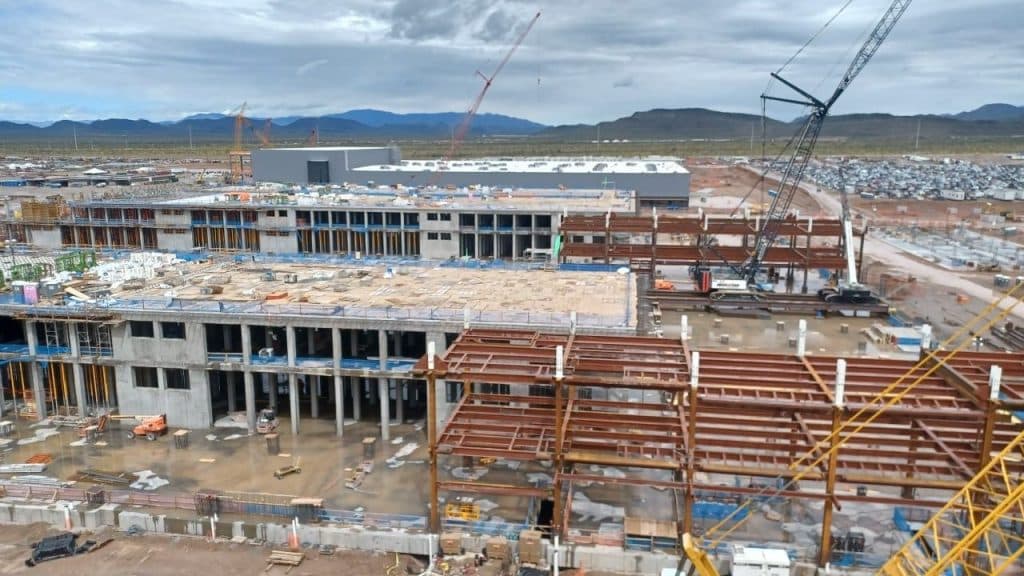SMART released the latest episode of SMART News on Wednesday, March 29. Episode seven features General President Joseph Sellers’ first interview since announcing his retirement, as well as an interview with incoming General President Michael Coleman.
“Everything that my family has is because of SMART,” Sellers said in his interview. “My father was a sheet metal worker, I was born into a union sheet metal worker family … my kids understand that, my wife understands that, the rest of my family understands that. Everything that we have is because of being union, and being a SMART member.”
Jump to a segment in this episode:
- SMART General President Joseph Sellers discusses his retirement and decades of leadership
- An interview with incoming General President Michael Coleman
- Rail safety legislative efforts continue following East Palestine disaster
- SMART sisters look back on Women in Construction Week 2023
- Megaprojects create hundreds of jobs, strengthen local union in Arizona
- SMART, SMOHIT recognized for ongoing commitment to mental health work
Both Sellers and Coleman reflected on the extraordinary opportunity that lies ahead for SMART members. For sheet metal members, the ongoing megaproject boom continues to create new jobs across the country — including in Arizona, where two new projects will require hundreds of sheet metal workers at their peak. SMART News spoke with SM Local 359 (Phoenix) Business Manager Jeff Holly about the impact such projects are having on members and the local union.
“We’ve been able to increase our membership,” Holly explained. “In 2017-18 we had 500 members, and currently we have about 850 … all of our funds are super healthy: [from] health and welfare [and] pension funds, down to general fund activity at the hall.”
For rail members, the fallout from the disaster in East Palestine, Ohio has opened a rare window for rail safety legislation on the state and federal level. SMART News hosted SMART TD Alternate National Legislative Director Jared Cassity for an overview on state and national efforts — including the bipartisan Rail Safety Act of 2023 — and the need for members to get involved.
“We need everybody on board here,” Cassity explained. “It’s going to take peer pressure and constituent pressure on our elected representatives to get this stuff moving and get things done.”
In addition, SMART News episode seven highlighted the voices of SMART Women’s Committee Chair Vanessa Carman (Local 66, Seattle), SM Local 16 member Korri Bus and SM Local 206 member Tatjana Sebro, who looked back on Women In Construction Week 2023. And SMART MAP Program Coordinator Chris Carlough joined the program to speak about SMART’s efforts to improve mental health resources for all members.
